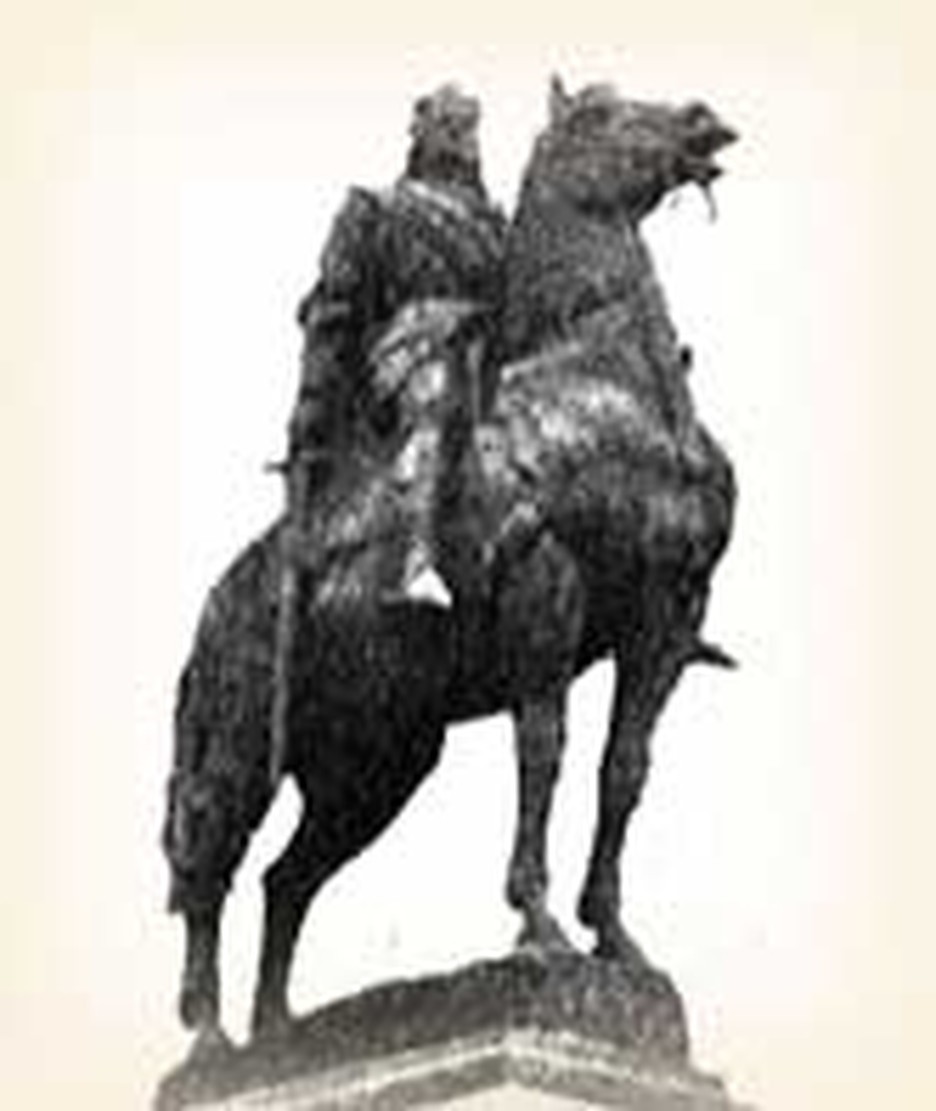
By 1386 only one European race remained largely without Christian influence. That race was the Lithuanians, a fierce people without fixed boundaries who at times controlled quite large portions of Eastern Europe. The gospel had reached Lithuania fifty years before but had not taken root and was extinguished.
Jogaila (Jagiello), Grand Duke of the Lithuanians, was struggling against the Teutonic knights, a quasi-Christian order. These knights had originated as military nurses in a crusader hospital in Jerusalem, but had become the terror of Eastern Europe They conquered much of Prussia. Although their mission was to fight infidels, they turned their weapons against Christians also, seizing whatever lands they could and reducing freemen to serfs. Among the lands they overran were Estonia, Livonia, Prussia and East Pomerania.
The knights repeatedly assaulted Lithuania and were repulsed. Lithuania was no mean state at the time. It owned Eastern Europe from the Baltic to the Black Sea and stretched eastward almost to Moscow. Nonetheless, the Teutonic knights were powerful enough to shut off Poland from the sea. Jogaila looked about for an ally. Poland, having suffered so much from the knights, seemed the natural choice for an alliance. The Poles were agreeable on one condition: Jogaila must convert to Christianity. And so, on this day, February 15, 1386, Jogaila was baptized, taking the name Ladislas. When he returned to Lithuania he was accompanied by many priests.
Jogaila's conversion is important for several reasons. For one, it marked the end of established paganism in Europe. For another, the see of Vilnius was founded. Finally, as part of the deal with Poland, Jogaila married Jadwiga (Hedwig), heiress to Poland's throne. He was a thirty-six year old heathen who did not know how to read. She was a highly literate sixteen year old who had been raised solidly Catholic and had been "ruler" of Poland since the age of eleven. Under Ladislas and his offspring, Poland became a Christian commonwealth, and would eventually enjoy a rare century of relative peace. The Jogaila dynasty eventually ruled Hungary and Bohemia as well. The combined might of Lithuania and Poland destroyed the Teutonic knights, although the masterful king did not bring this about until 1410 in a battle at Tannenberg.
Armies of a hundred thousand men apiece clashed that day. The Teutonic Knights left behind 18,000 dead, 14,000 captives and their Grand Master. It was the beginning of the end of the military prowess of the troublesome order.
By contrast, Lithuanian Christianity lived on. Hundreds of years after the Lithuanian church was founded, people of faith suffered terribly at the hands of the Communists, who even sent their archbishop to his death in prison.
Bibliography:
- Johnson, Paul. A History of Christianity. New York: Atheneum, 1976.
- Lins, Joseph. "Lithuania." The Catholic Encyclopedia. New York: Robert Appleton, 1914.
- Slocombe, G. E. Poland. The Nations' Histories. London: T. C. & E. C. Jack, Ltd., 1916.
- Various encyclopedia and internet articles.
Last updated May, 2007.

.png)
